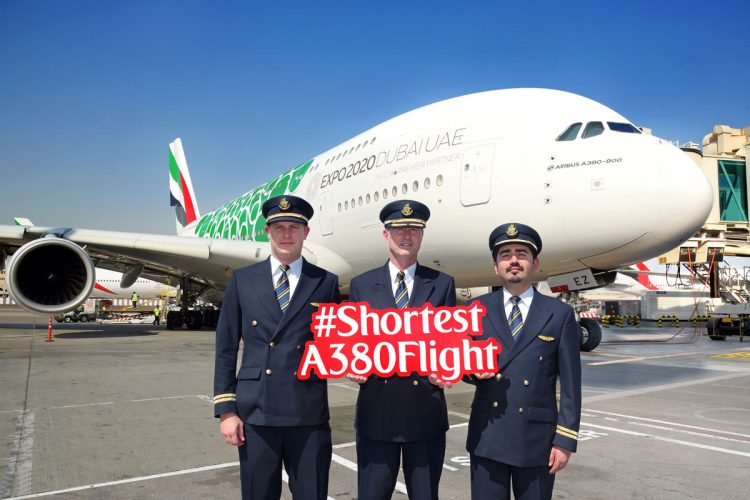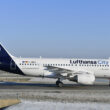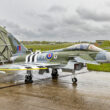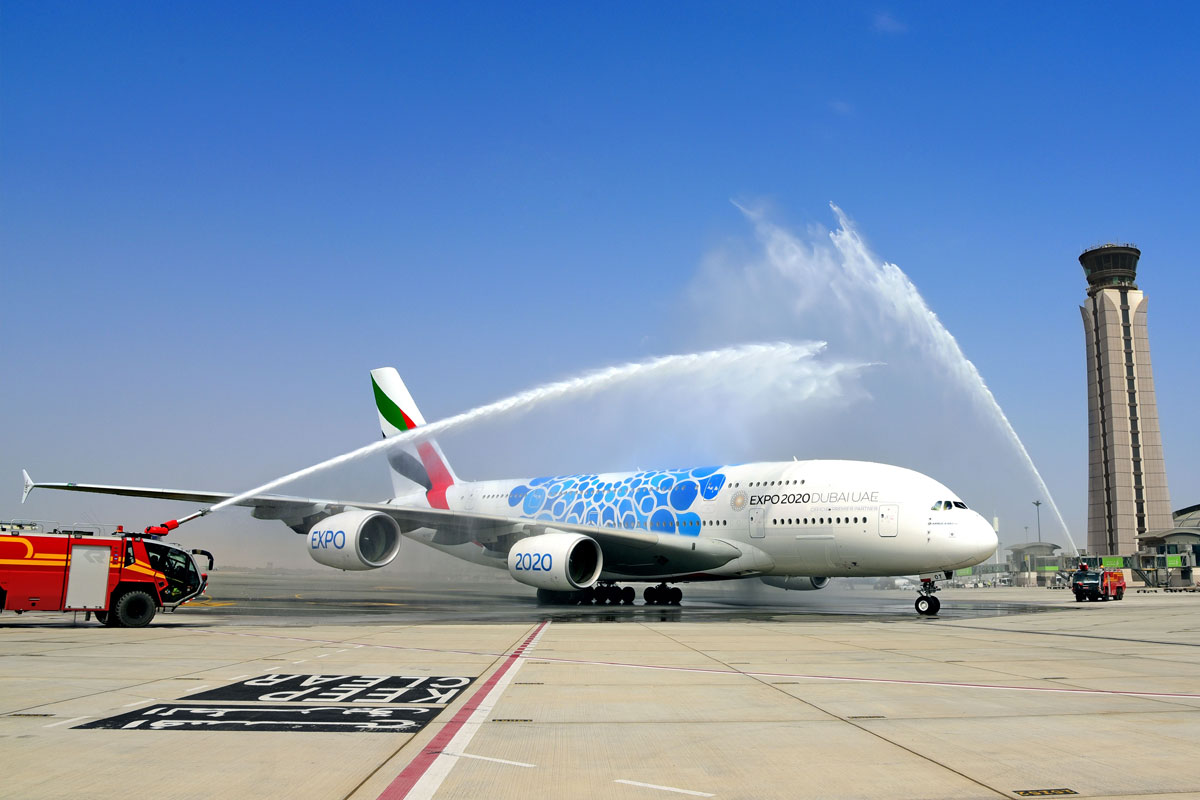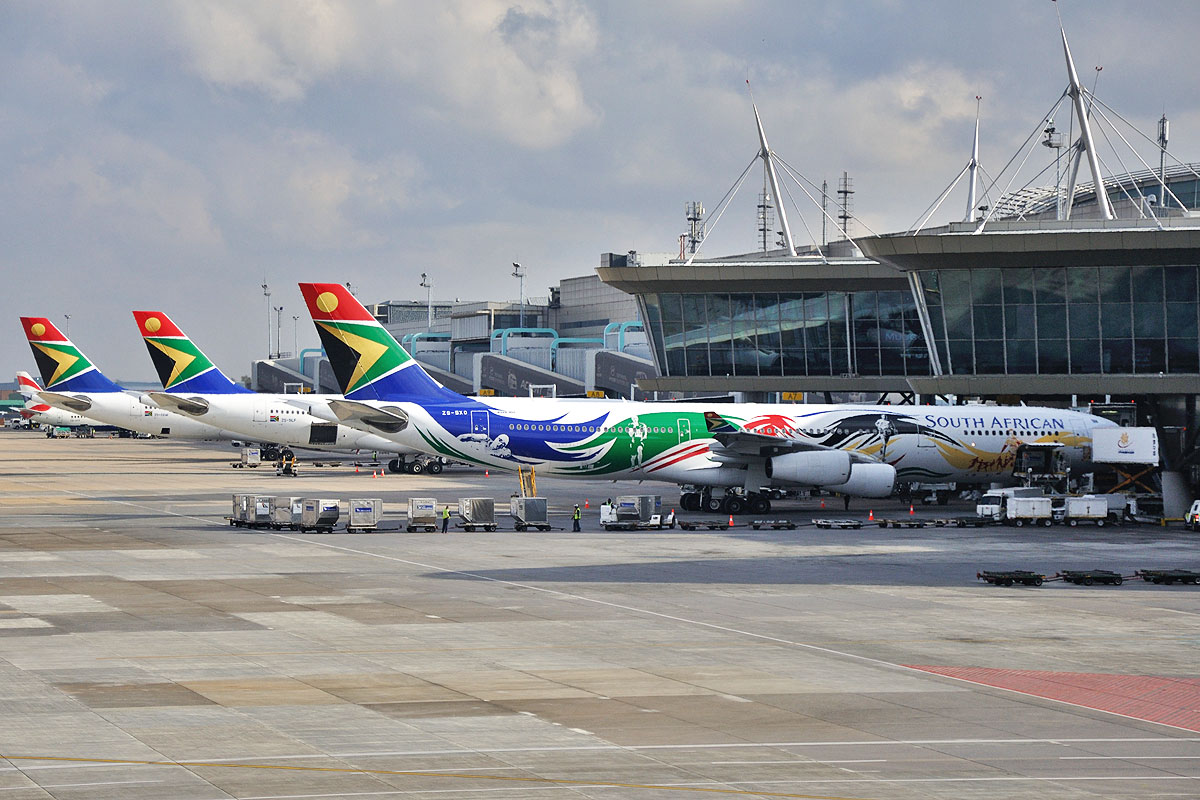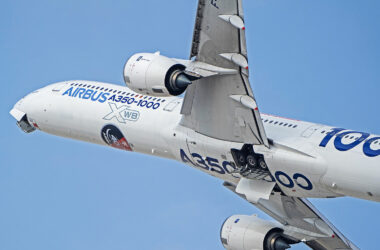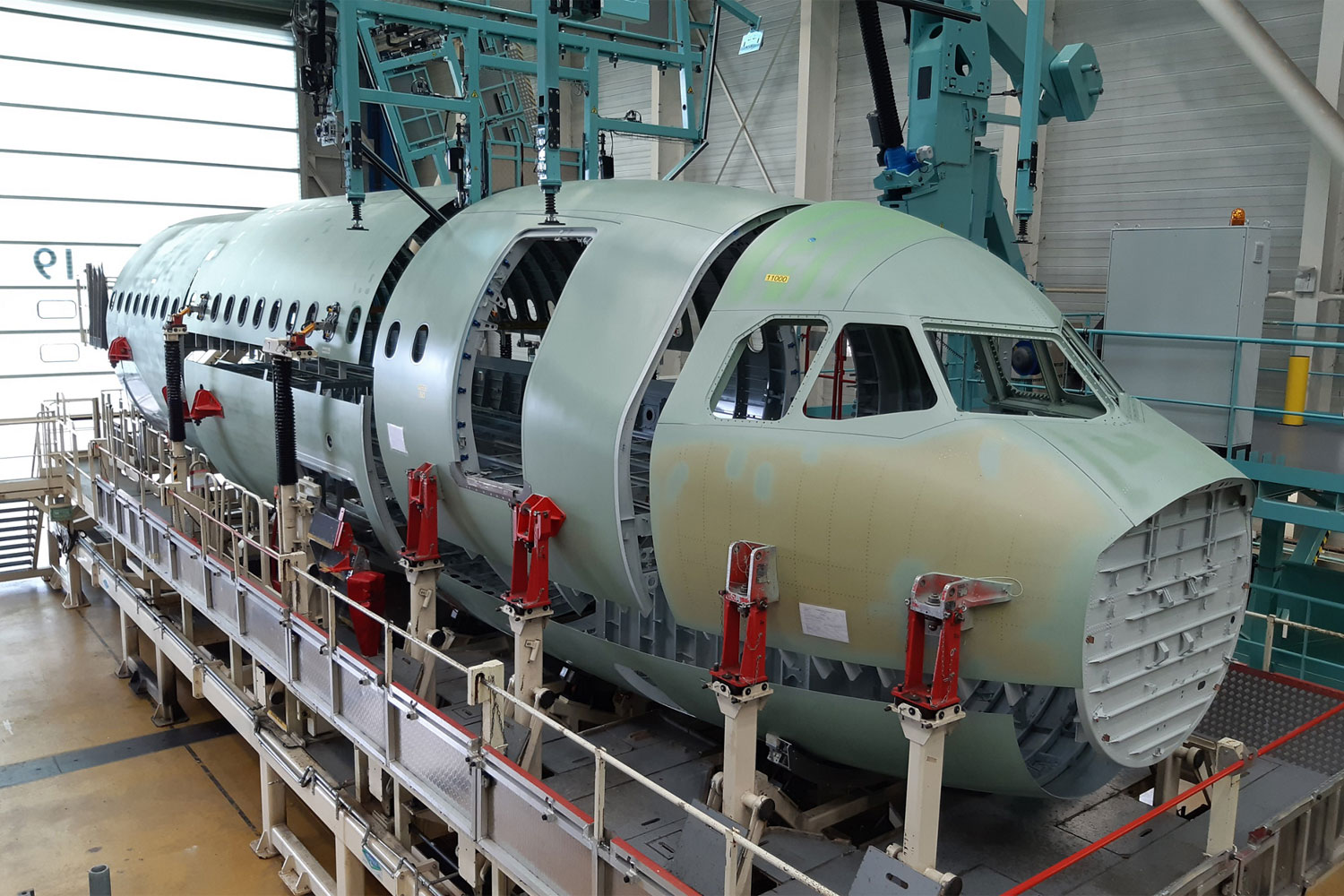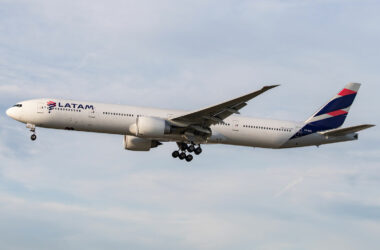For 99.9% of the world’s airlines, a route between two cities separated by only 340 kilometres would be carried out with small jets or even turboprops depending on demand. But for Emirates Airline to fly between Dubai and Muscat (capital of Oman) justifies the operation of the Airbus A380, the largest passenger aircraft in the world.
As announced recently, the Middle East airline has debuted this week no less than two daily flights between the two cities. These are the shortest frequencies ever served by the European giant designed for long-range routes.
Using wide-bodies on short-haul flights, however, is not uncommon. Japanese airlines, for example, used the Boeing 747SR (Short Range) to fly on domestic routes. The Jumbo was configured to carry 528 passengers in ANA (All Nippon Airways) with 20 seats in first class and 508 in economy.
But in the case of Emirates, the A380 has not been adapted for this new function. On the contrary, the airline even exalted its passenger cabin with 519 seats distributed in three classes, including 429 seats in the economy, installed on the bottom floor, 76 seats in business class and, in addition, 14 “private suites”, both on the upper floor.
“Passengers traveling across all three classes will enjoy the airline’s award-winning inflight entertainment system, with over 1,500 films across all genres to enjoy on ice, customers will have to fly over 3,000 times between Dubai and Muscat on the Emirates A380 to watch the complete ice film catalog, “the company said in its statement.
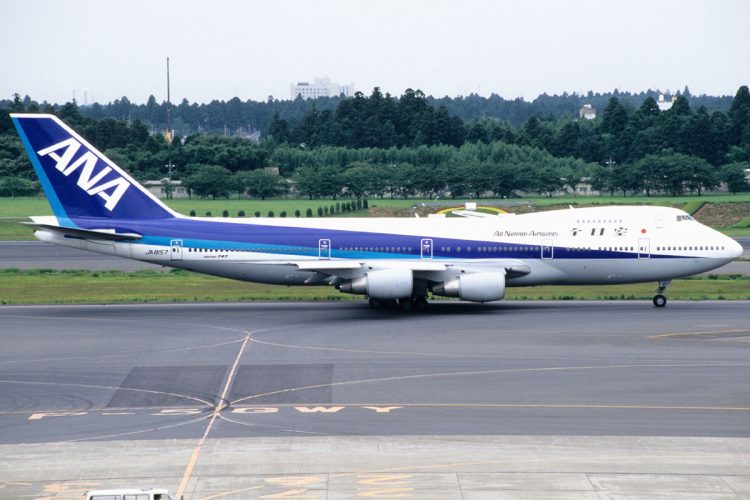
Internal wiring longer than the route
The big question about the shortest flight of the A380 is: is it worth having an aircraft so optimized for long-haul flights on a route with a flight time of about 40 minutes? Common sense guarantees that no, after all how to enjoy the benefits of the famous first-class cabin or the on-board service in minutes?
The move by Emirates only has an explanation, an elaborate marketing action. Currently, the Dubai-Muscat route is carried out in its majority with smaller planes like the Boeing 737, the A320 and even the Embraer E175. But the main airline in the neighboring country of the United Arab Emirates, Oman Air, also sometimes uses its A330 and Boeing 787 – just as Emirates itself flies with the Boeing 777.
In view of this offer, passengers traveling between the two cities will be tempted to opt for the double-decker Airbus, but it would be more efficient to have smaller and twin-engine aircraft to fulfill the route, offering more schedules and more attractive rates.
If it did, Emirates would lose the chance to reveal curiosities such as the fact that the flight distance is shorter than all of the A380’s 500-km-long internal wiring. Or the 25,000 items available to guests on board, between meals and amenities.
The solution for the passengers of the flight is to try to enjoy every minute on board the A380, even if almost half of it is still spent on the ground.
